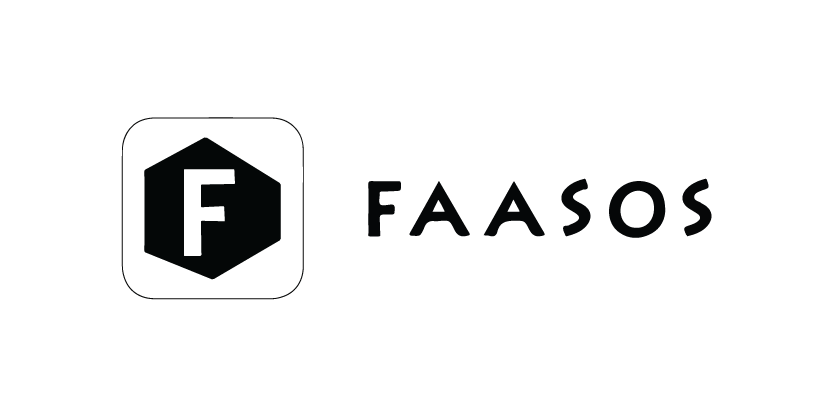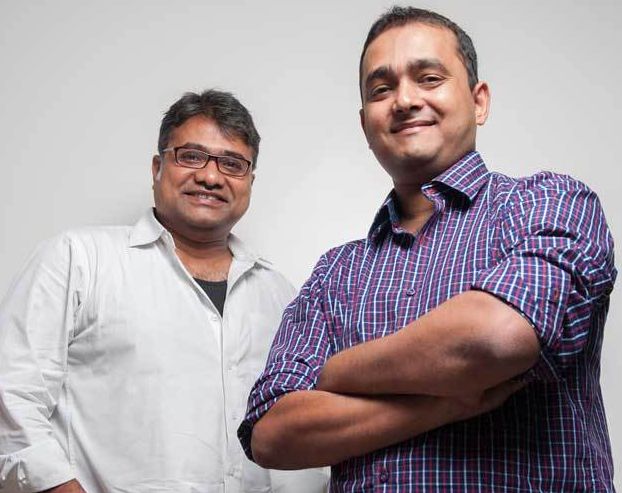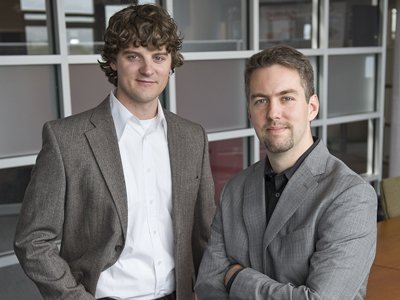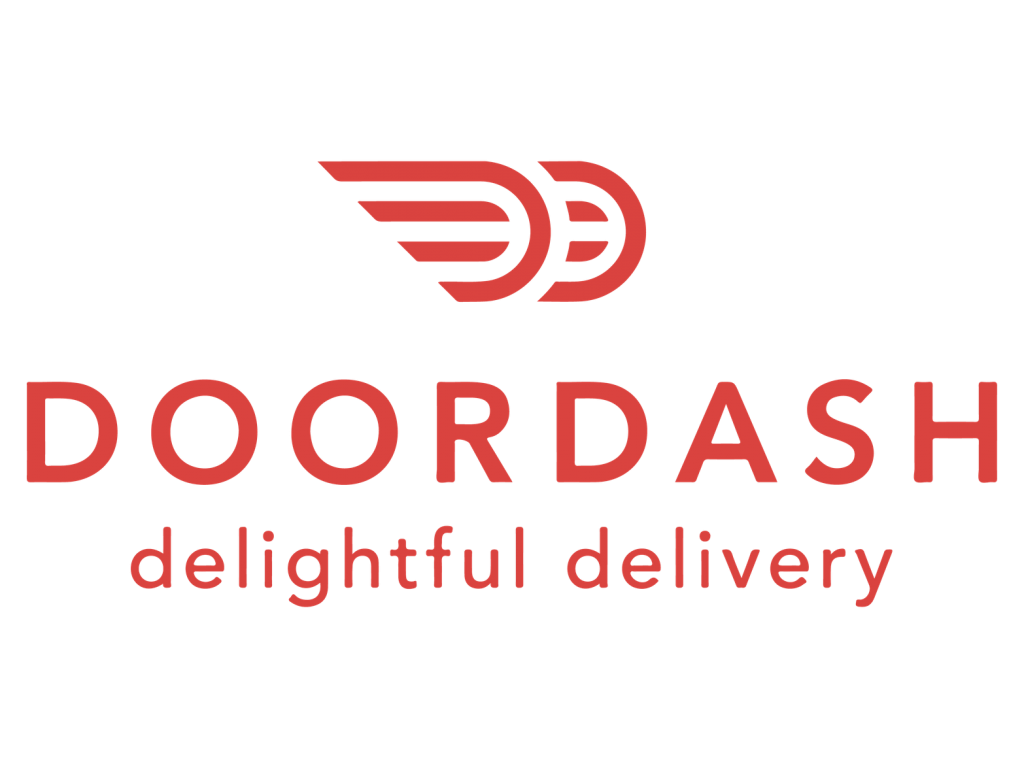Swiggy – A Bangalore-based Food Ordering And Delivery Platform.
Swiggy is a leading Indian food ordering and delivery platform which also provides services like on-demand grocery delivery known as Instamart and a same-day package delivery called Swiggy Genie. It was founded eight years ago in July 2014 by Sriharsha Majety, Nandan Reddy, and Rahul Jaimini, headquartered in Banglore, India, with its business expanded across 500+ Indian cities (2021). Naspers owns it. SuprDaily and Dineout are its two subsidiaries. Besides the founders, Dale Vaz, who is the Chief Technical Officer of Swiggy, contributed a lot to it and is one of the key people. It achieved a revenue of 2,776 Crore INR in 2020.
History
In 2013, Sriharsha Majety and Nandan Reddy devised an e-commerce website to provide shipping and courier services called Bundl in India. It was discontinued due to various reasons. They decided to rebrand it to enter the food delivery industry. The food delivery industry was in chaos at that time because of the rising competition. The different startups like Foodpanda, acquired by Ola Labs, Ola Cafe (later discontinued), and TinyOwl, purchased by Zomato, were struggling. Swiggy founders joined hands with a former senior software engineer at Myntra, Rahul Jaimini, and established Swiggy and Its parent company Bundl Technologies in 2013.
In 2019, Swiggy started Swiggy Stores, a general product delivery service, sourcing items from local stores. The firm launched an instant grocery service known as Instamart with the help of dark stores in August 2020. Swiggy Stores were closed in early 2021, and the firm decided to expand its services using Instamart. In September 2019, Swiggy came up with a new service, a pickup and delivery service known as Swiggy Go which provided services such as delivering documents, laundry, parcels, etc., from business owners to retailers, and was rebranded as Swiggy Genie.
Unfortunately, In May 2020, Due to the covid-19 pandemic, it fired over 1000s of employees, and later in 2021, it decided to cover vaccination costs for its delivery partners.
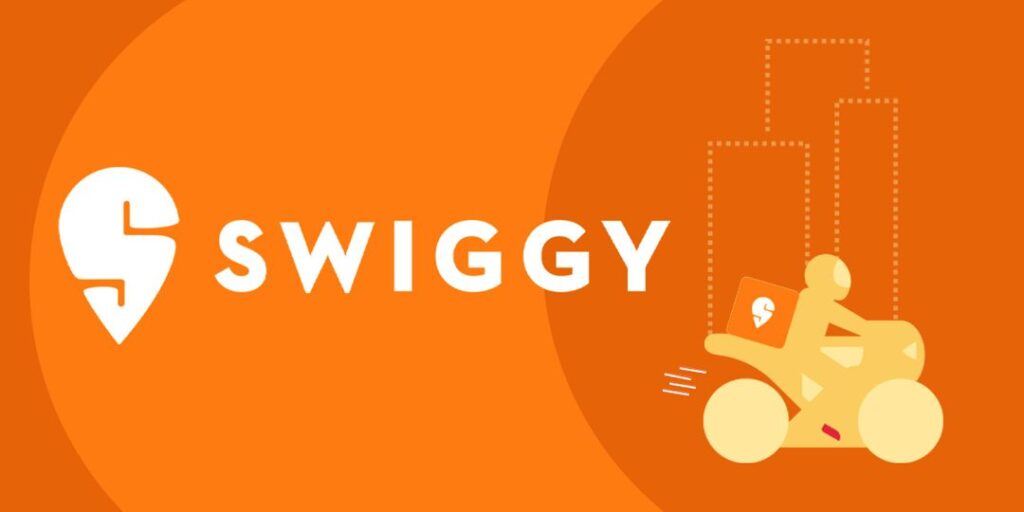
Revenue
The company experienced growth in revenue from 2015 (0.11 crores INR) to 2020 (2,693 crores INR), which got reduced in 2021 (2,145).
Acquisitions And Investments
In 2015, Accel and SAIF partners invested 2 million U.S dollars in Swiggy. It also received additional investment from Norwest Venture Partners. In 2016, it obtained an investment of about 15 million U.S dollars from its investors, including some new investors such as Bessemer Venture Partners and Harmony Partners. Naspers entrusted funding of 80 million to Swiggy in 2017. Due to this growth of investments and investors, Swiggy’s value increased to 3.6 million USD in April 2020.
It acquired 48East, a Banglore-based Asian Food start-up in 2017 and Mumbai-based Scootsy Logistics, a fashion and food delivery service which was later shut down. Also, in September 2018, it purchased a Mumbai-based milk delivery start-up SuprDaily and invested about 31 crores INR in a ready-to-eat Mumbai-based food brand, fingerLix, in 2019.
Partnerships
It has partnered with several renowned brands such as Burger King, Google Local Guide, Sodexo, ICICI Bank and ANRA Technologies.
Founders – Nandan Reddy, Sriharsha Majety, Rahul Jaimini
Rahul Jaimini is the Co-founder of Swiggy and Pesto Tech, born in Banglore. He also worked as a senior software engineer at Myntra, a member of technical staff at NetApp, and a research lab intern at Philips Research. Rahul holds a Bachelor’s and Master’s dual degree in computer science and engineering from the Indian Institute of Technology, Kharagpur.
Co-founder Nandan Reddy is also a BITS Pilani alumnus and worked as a consultant. He also built a start-up around tablet-based POS for different restaurants and Café and has been in the core management team of India’s first rural BPO, Source Pilani. Bundl, a logistic platform, was also built by him.
CEO – Sriharsha Majety
Chief Executive Officer Sriharsha Majety is also the co-founder of Swiggy and Bundl. He also worked as an associate member in Nomura International, Recruitment coordinator in IIM Calcutta, and holds a degree in finance from the Indian Institute of Management, Calcutta.

I am a student pursuing my bachelor’s in information technology. I have a interest in writing so, I am working a freelance content writer because I enjoy writing. I also write poetries. I believe in the quote by anne frank “paper has more patience than person



